Search Images
Browse Content (p. 1579)
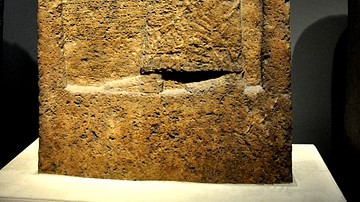
Image
Ashurnasirpal II's Stela from Kurkh
The Assyrian King Ashurnasirpal II worships in front of god symbols. The cuneiform inscription describes his military campaign in the year 879 BCE, when the Assyrian army attacked the lands of the upper Tigris River, near Diyarbakir (modern...
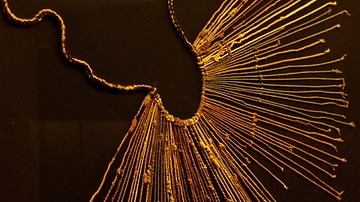
Image
Khipu
Khipu (quipu) or record-knots were used by ancient Andean cultures such as the Inca in order to record and transfer information and records. (Museum of Colchagua, Santa Cruz, Chile)
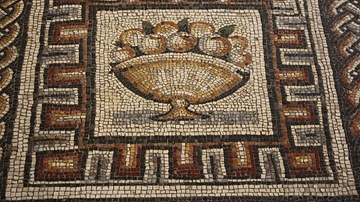
Image
Fruit, Roman Mosaic
A Roman floor mosaic dating to between 350 and 375 CE and depicting fruit. Food was a popular subject in mosaics throughout the Roman period. Provenance: Toragnola, Rome. (Vatican Museums, Rome).

Image
Asparagus, Roman Mosaic
A Roman floor mosaic dating to between 350 and 375 CE and depicting asparagus. Food was a popular subject in mosaics throughout the Roman period. Provenance: Toragnola, Rome. (Vatican Museums, Rome).

Image
Wild Boar, Roman Mosaic
A Roman floor mosaic dating to between 350 and 375 CE and depicting a wild boar and mushrooms. Food was a popular subject in mosaics throughout the Roman period. Provenance: Toragnola, Rome. (Vatican Museums, Rome).
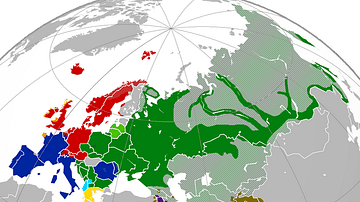
Image
Indo-European Language Family
Approximate geographical distribution of the Indo-European language family today in Eurasia.
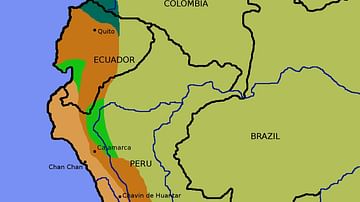
Image
Map of the inca Empire
A map showing the various stages of expansion of the Inca empire.
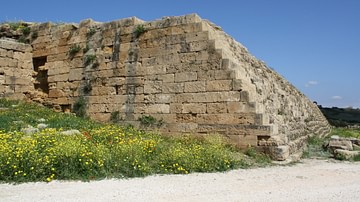
Image
Fortifications, Selinus
Part of the impressive 5th to 3rd century BCE fortification wall of Selinus.

Image
Perseus and Medusa
Archaic style sculpture depicting Perseus slaying the Gorgon Medusa who holds Pegasus. Mid-6th century BCE metope from Temple C, Selinus, Sicily. (Archaeological Museum of Palermo)
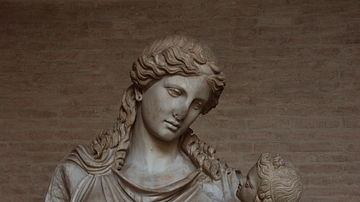
Image
Eirene and Ploutos
Eirene, goddess of peace, and her baby son Ploutos, god of wealth. Copy of a statue by Cephisodotus, originally placed in the marketplace of Athens, c. 370 BCE.
Photographed in the Glyptothek in Munich.